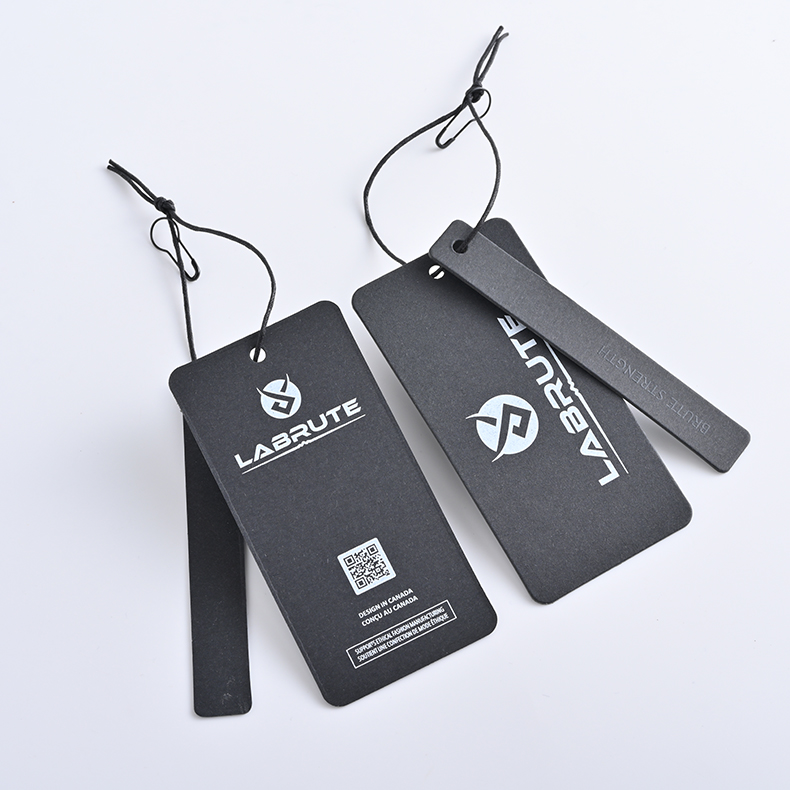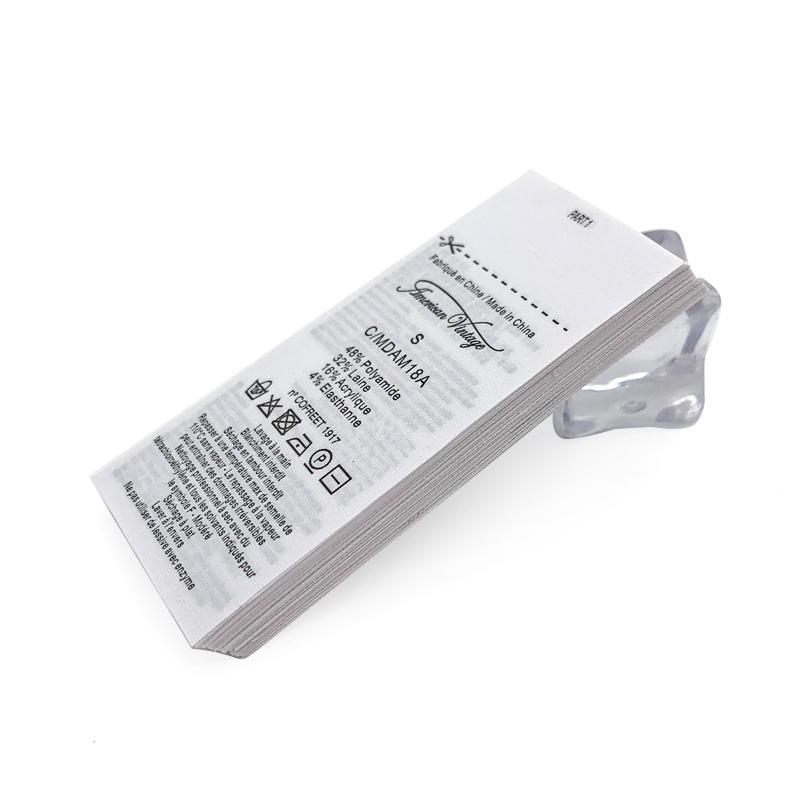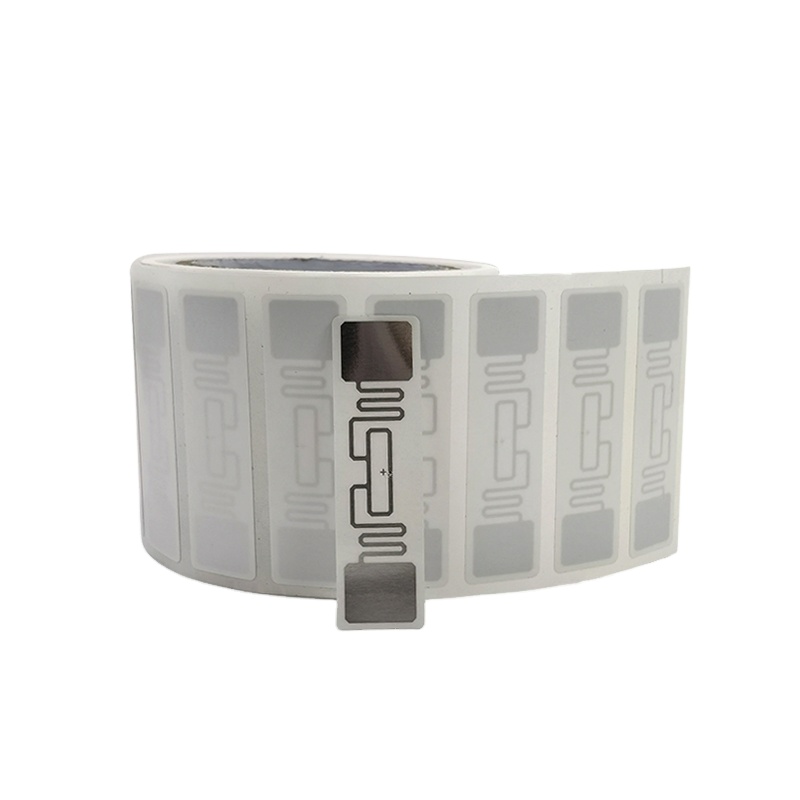Small glass chips make pigs eat more scientifically: the great role of RFID in animal husbandry
Have you ever thought that a pig can automatically “order” and eat the food that is just right for it when it walks to the feed station without human operation? This is not magic, but the real application of RFID technology in the farm!
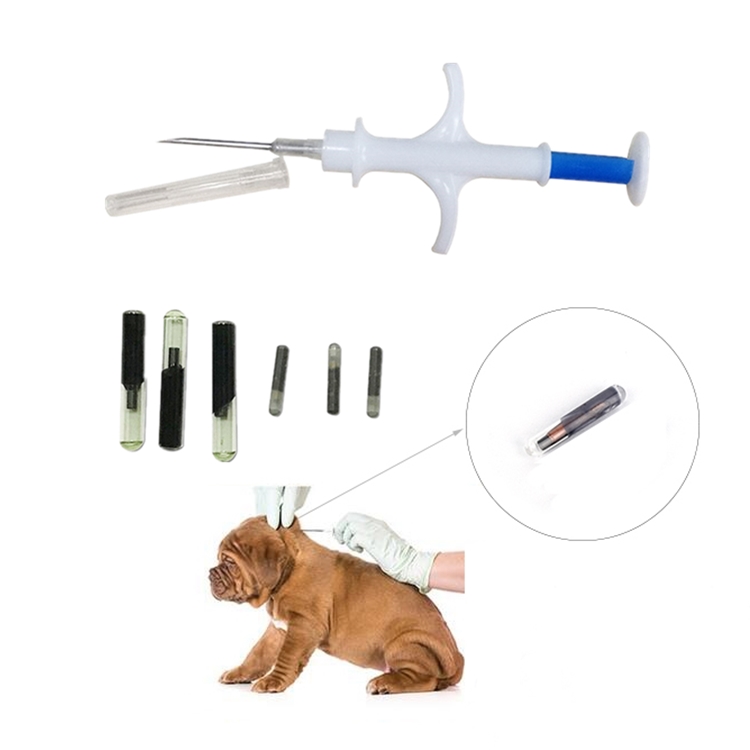
What is RFID?
RFID (radio frequency identification) is like a wireless ID card, which allows the system to automatically identify who an animal is, how healthy it is, and how much feed it needs.
It usually consists of three parts:
RFID tag: A glass chip as big as a grain of millet, implanted in the animal’s body, such as under the skin behind the pig’s ear, which can store the animal’s identity information.
Reader: Installed on the automatic feeding machine, it can “read” its identity immediately when it detects the pig coming.
Antenna: Used to transmit signals so that the tag and reader can “talk”.
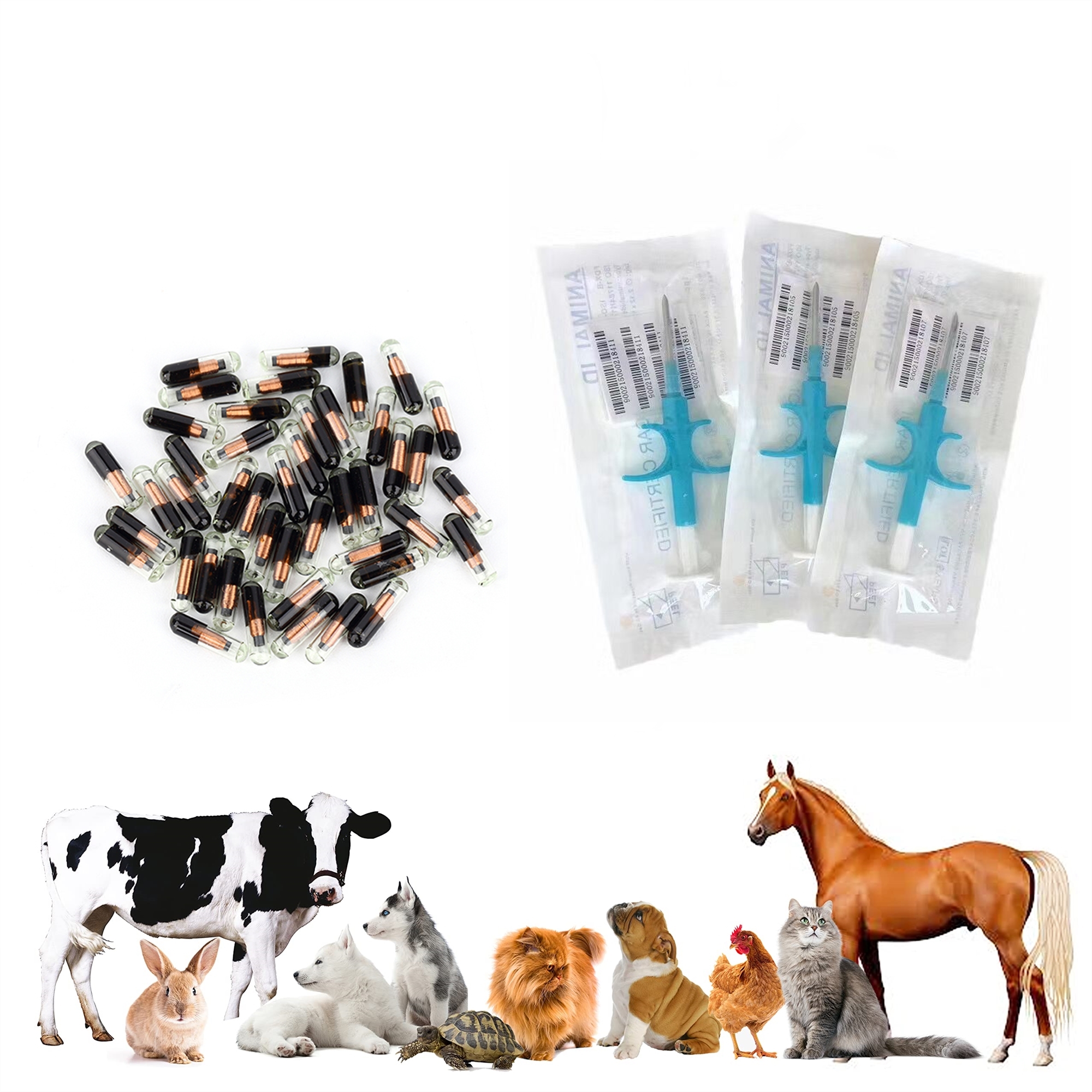
How to achieve automatic feeding?
Imagine this scene:
The piglet wears an RFID chip and approaches the feed station.
The system immediately recognized: “Oh, this is piglet No. 001, 6 months old this year, and has grown well recently!”
The feed station automatically “prepare meals” according to the age, breed, and health of the pig, and not a gram is wasted.
There are many benefits to doing this:
It can be fed accurately without human operation.
Each pig eats a “nutritional package” that suits it.
If a pig suddenly eats less, the system will immediately prompt: It may be sick!
Why do farms love RFID?
Feeding pigs with RFID has many advantages:
Save labor: One person can easily manage hundreds of pigs.
Reduce waste: Give as much as the pig eats, no more, no less.
Healthier: If you feed right, pigs will grow well naturally.
Early warning: If a pig eats abnormally, you will know immediately that it may be uncomfortable.
Traceability: From birth to market, every step is recorded.
Summary
Don’t underestimate the small size of RFID tags, they are quietly changing the way animals are raised. From a pig’s “identity card” to the automated management of the entire pig farm, it not only ensures that the animals are well fed and grow strong, but also saves farmers time, effort and money.






